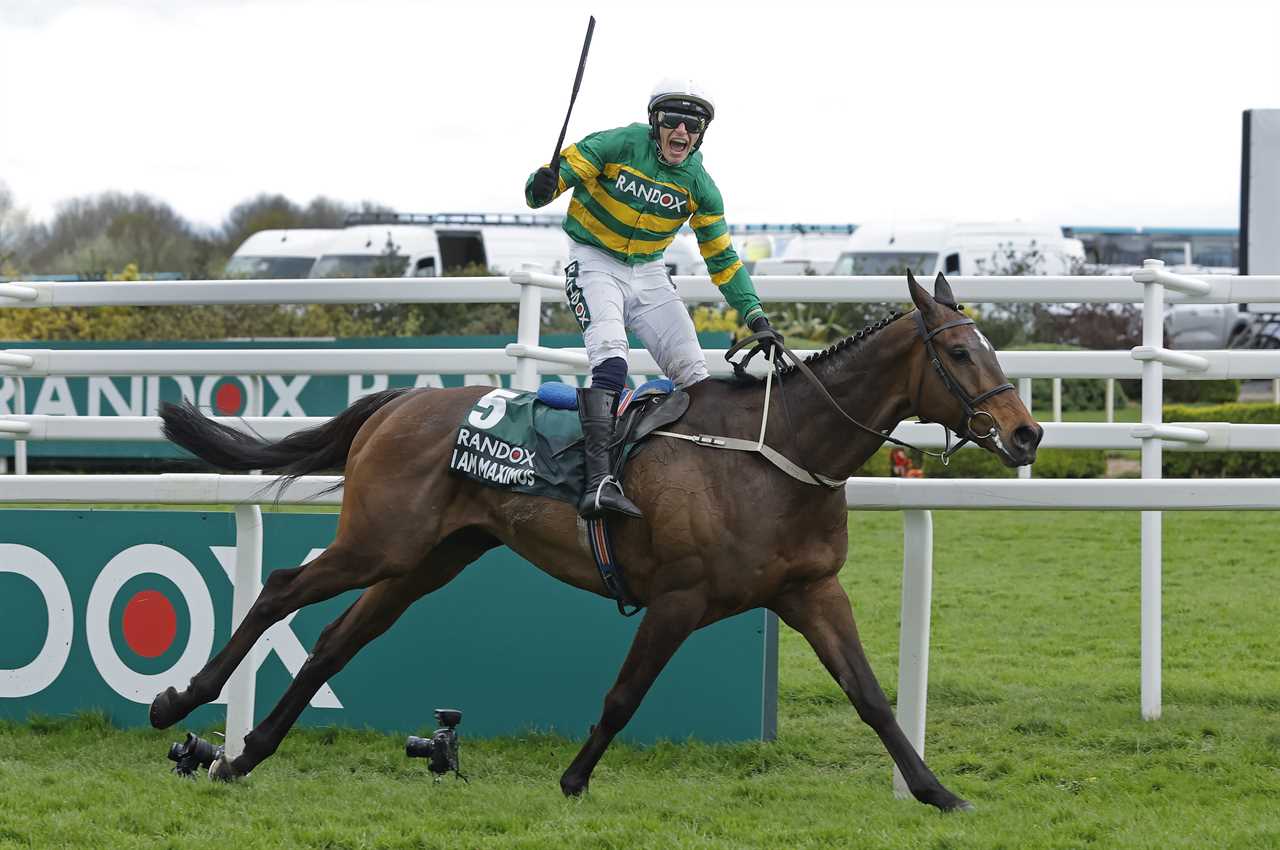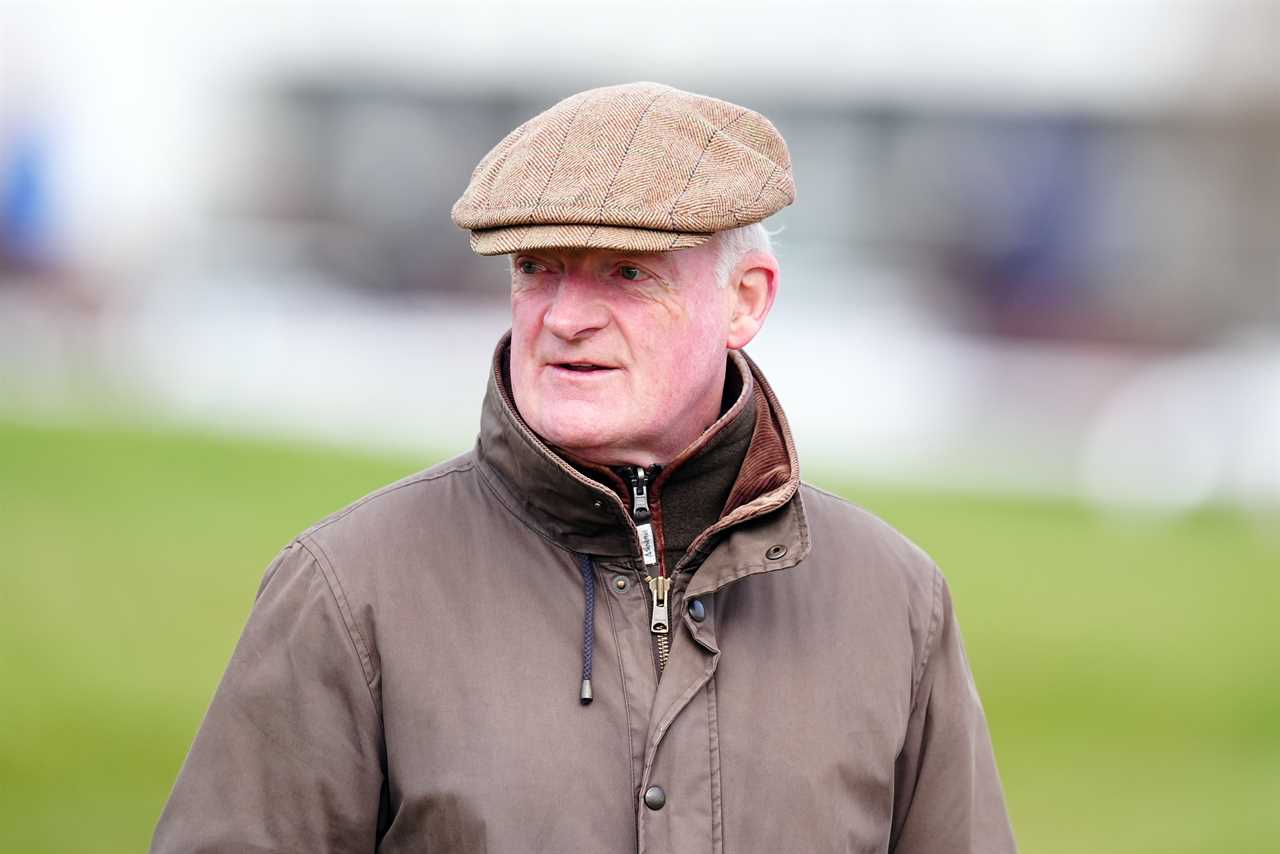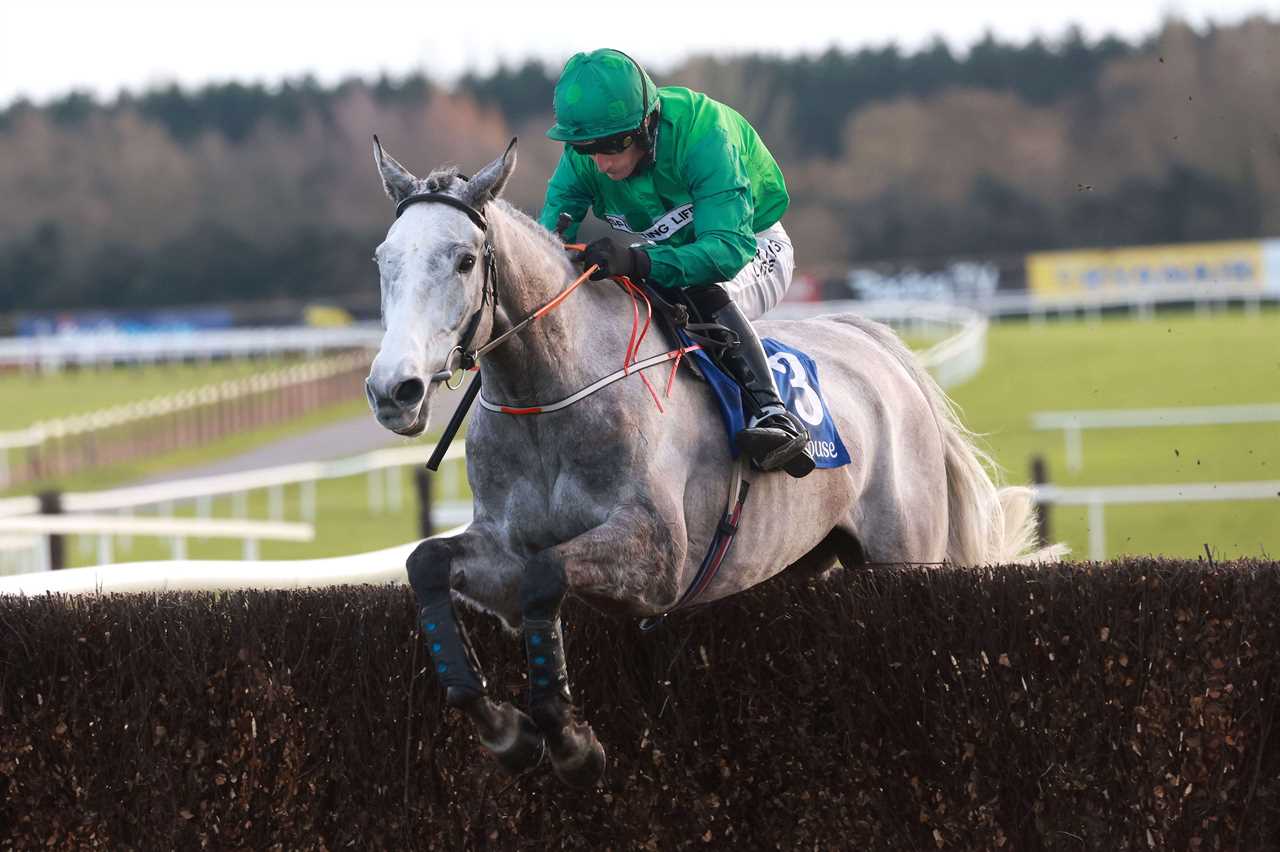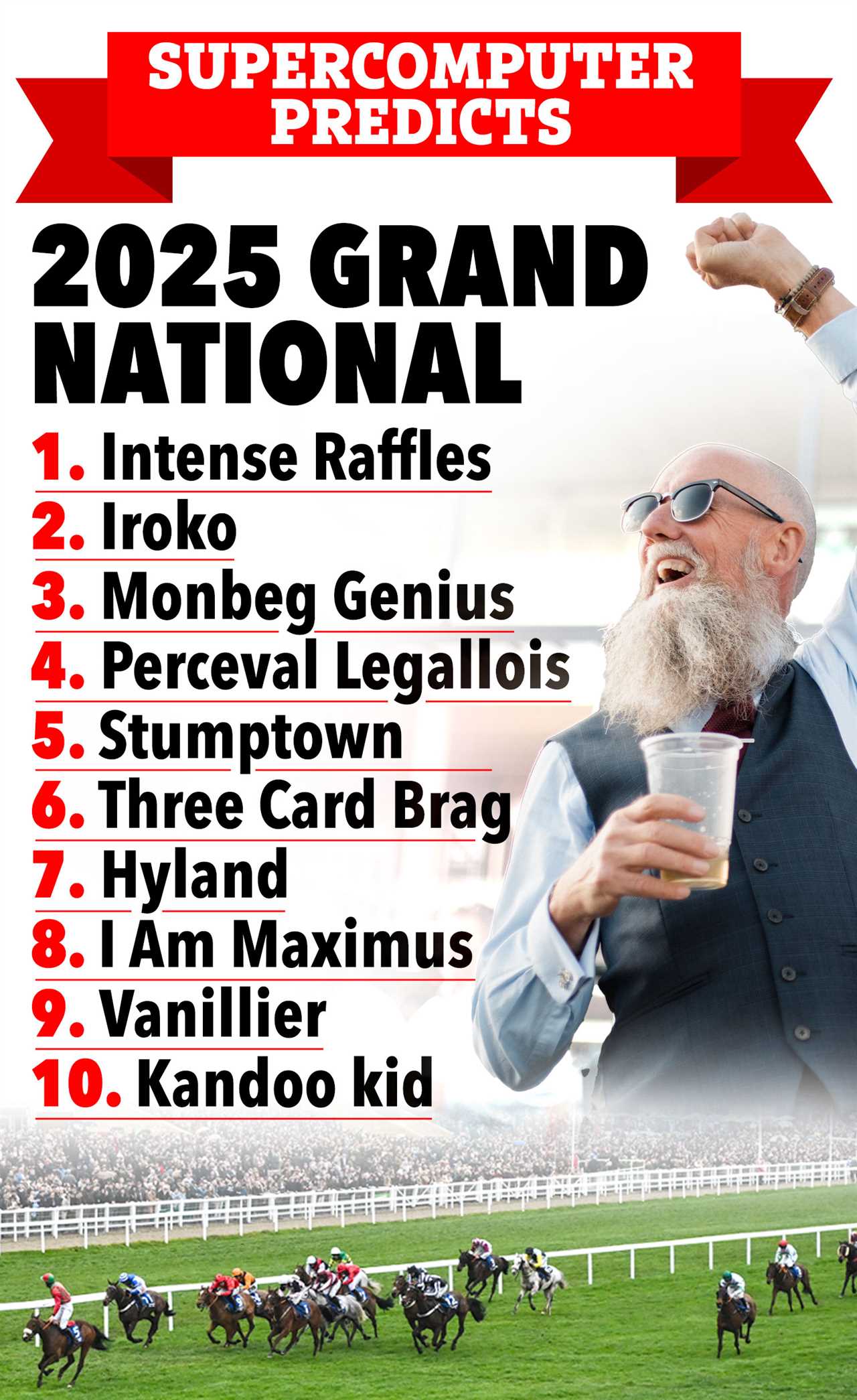
Jesus. The one time of year when my mother-in-law suddenly becomes a horse racing expert and asks me for tips. The Grand National is upon us folks, and I've spent way too many hours this week pretending to understand horse form when I really don't.
So some tech wizards with too much time on their hands have unleashed their fancy supercomputer on tomorrow's big race at Aintree. The 4pm showdown where 34 horses will thunder around that monster track, jumping 16 fences and fighting for a cool £1million. And apparently, the machine has spoken.
What The Hell Is A Supercomputer Anyway?
The nerds over at grandnational.org.uk (who I'm guessing haven't seen daylight in weeks) have been feeding data into their silicon overlord. They've analyzed every winner since 1992, looking at everything from breeding to race distance to recent form. Basically the kind of homework I should've been doing instead of panic-betting on names I like.
Back in 2018, I lost £75 on a horse called "Pleasant Company" because it sounded like a nice afternoon. Still bitter about that one.

The Machine Says... Intense Raffles?!
Yep. According to this digital crystal ball, Intense Raffles at 12/1 is your winner. The computer gave it a 95% chance of glory and some similarity score of 0.87 to past champions (whatever teh hell that means).
My colleague Dave just looked over my shoulder and said "Intense Raffles sounds like a game show hosted by a coked-up Bradley Walsh." He's not wrong.
Iroko at 15/2 apparently comes second with a 94% chance, which makes me wonder why there's only 1% difference when the odds are so different. But what do I know? I'm just a journalist who once bet his rent money on a horse called "Financial Outcome" that finished absolutely nowhere.
Pour One Out For Willie Mullins
If this silicon prophet is right, legendary Irish trainer Willie Mullins is in for a rough Saturday. His defending champion I Am Maximus (current favorite at 6/1) is predicted to finish a disappointing eighth.

Poor Willie. The man has SIX runners in the race, and apparently only one will crack the top ten. The computer gave I Am Maximus an 89% chance with a 0.67 similarity score, which... honestly means nothing to me. But it sounds scientific enough that I'll probably repeat it at the pub later.
Wait... Monbeg Genius at 33/1?
The most interesting prediction might be Monbeg Genius sneaking into third at odds of 33/1. That's the kind of outsider that makes the National so damn unpredictable.
I actually had a tip on this horse from my barber last week. Maybe that guy knows something after all (though his haircut suggestions remain questionable at best).
The computer also likes Perceval Legallois (10/1) for fourth and Stumptown (8/1) for fifth.

Should You Trust A Computer?
Listen. Last year I trusted a similar prediction and ended up owing my brother-in-law $40. The machine doesn't factor in things like "my horse decided to stop and admire the scenery" or "the jockey apparently forgot which direction to go." Racing is chaos.
That said... I'm probably gonna put a tenner on Intense Raffles now. Dammit.
And for what it's worth, my mother-in-law always bets on the grey horses because she thinks they're "prettier." She's won more money than me over the years, so who's really the fool here?
Frequently Asked Questions
What role does a jockey play in the training of a racehorse?
Racehorses are trained by jockeys, who play an important role. Not only do they ride the racehorses during workouts and give feedback, but they help educate the horse on racing tactics. Good jockeys are able to identify the strengths and weaknesses of their horses, which is essential for race preparation.
Can you train a racehorse on any track?
Although the horse can train on various tracks initially, specific racing training requires facilities which simulate the conditions that the horse is likely to face in competition. The horse must be trained on a track that is the same size and has the same surface as the racetrack. This helps to condition horses and allows them to become familiar with that specific racing environment.
What precautions should be taken to ensure the health of a racehorse when training it?
Meticulous attention to a racehorse's health is vital in preventing injury and illness. Regular veterinary check-ups, vaccinations, dental care, and proper hoof management are essential. It is also important to monitor the horse for any signs of strain or fatigue. It is important to implement a carefully planned training regime that allows a gradual progression in intensity. This will minimize the risk for musculoskeletal problems.
Are there different race training methods for different horse breeds?
As breed characteristics and race distances vary, so can the training methods for horses. Thoroughbreds that are usually associated with long-distance racing on flat surfaces receive different training from Quarter Horses. Each breed has unique physical and behavioral traits that require a tailored training approach.
Does a racehorse need a certain type of shoe?
Racing plates are typically lighter and thinner compared to regular horseshoes. These plates offer the necessary grip on the track while minimizing their weight. A racehorse farrier will select and fit the shoes according to each horse's foot conformation, and the surface on which they will be racing.
What is the first step in training a racehorse?
In the initial training phase, the racehorse must undergo a crucial stage called "breaking," during which the horse is accustomed to the saddle, the bridle and the weight carried by the rider. During the early sessions, it is important to use patience and gentle handling to help the horse become comfortable with the human interaction and equipment that will be worn throughout its racing career.
Statistics
- Statistically, less than 1% of thoroughbred foals born each year will go on to win a stakes race.
- The average racehorse reaches its peak physical ability between the ages of four to five, with some variation based on the breed and individual development.
- Research has found that a racehorse's stride length can increase by up to 7% following specific strength and conditioning programs.
- Studies suggest that proper early training can reduce the risk of musculoskeletal injuries in racehorses by up to 50%.
- An extensive survey indicated that over 90% of racehorse trainers utilize swimming as a low-impact exercise in their conditioning routines.
- Approximately 70% of a racehorse's diet consists of forage, with the remainder made up of grains and supplements to meet their high-calorie needs.
External Links
How To
How To Develop a Racehorse's Stamina and Speed
Interval training is a great way to increase the speed and stamina of a racing horse. It alternates between fast-paced gallops and recovery phases. Gradually extend the distance of these workouts as the horse's fitness improves. To prevent overexertion, it's important to monitor your horse's resting heart rate. You should also allow plenty of time between training sessions for muscle recovery.
 CricketBoxingFormula 1GolfHorse RacingPremier LeagueTennisPrivacy PolicyTerms And Conditions
CricketBoxingFormula 1GolfHorse RacingPremier LeagueTennisPrivacy PolicyTerms And Conditions
